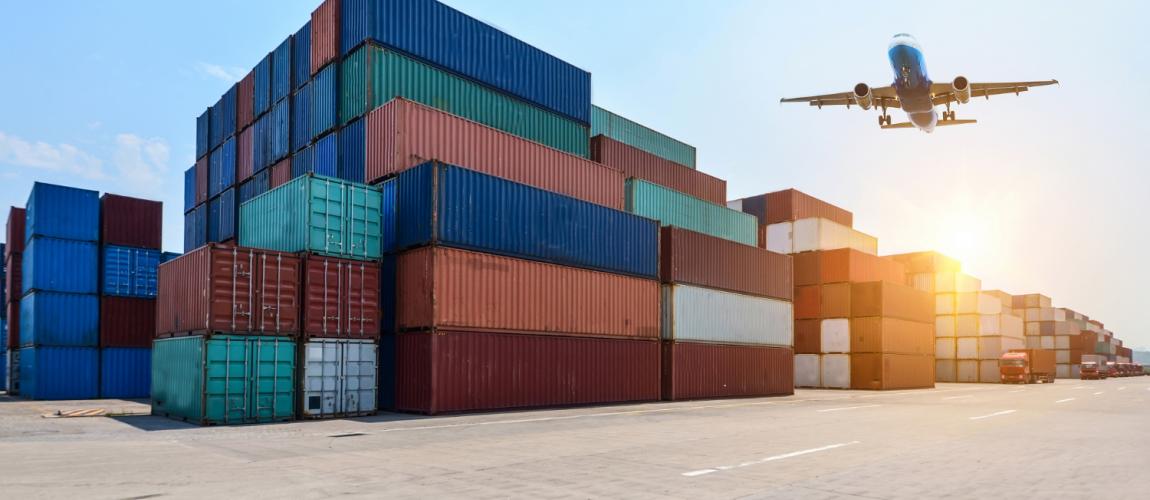Tecon 1 Container Terminal at Suape Port, Pernambuco, Brazil

Photo Credit: Image by Freepik
On this page: A case study on Tecon 1 Container Terminal at Suape Port, Pernambuco, Brazil. Find more at the Municipal Public-Private Partnership Framework - Project Summaries section for brief summaries of around 100 projects from around the world, examples of successes and challenges, as well as innovative ideas on solutions, or visit the Guidelines to Implementing Asset Recycling Transactions Section Overview and Content Outline, or download Full Version of the Report.
Project Summary: Background Established in 1978 as part of an industrial development zone, the Suape Port in the State of Pernambuco, Brazil occupies an area of 13,500 hectares in a prime location at the intersection of the main commercial long-haul routes that link the eastern coast of South America to other continents, as well as routes that connect the north and south of Brazil. Pernambuco is situated in the northeast of Brazil, an area that was experiencing larger than average economic growth at the end of the 1990s. As part of a strategy to make the port a container shipping hub for the region, the Government of Pernambuco conducted an international, competitive tender for a PPP using a concession scheme to develop the first dedicated container terminal at Suape Port (Tecon 1). To assist with this, the Government of Pernambuco hired IFC to be its principal advisor on the PPP. Project Structure International Container Terminal Services (ICTSI) of the Philippines was selected as the winning bidder from three qualifying proposals. ICTSI offered the highest commercial bid, agreeing to pay minimum lease payments of nearly USD 175 million (NPV during the concession period), equivalent to a 244 percent premium over the minimum lease amount of USD 51.5 million – at the time a record premium for a Brazilian port concession. The PPP agreement was signed in March 2001, with ICTSI undertaking responsibility for financing construction, procuring and installing equipment, and operating the terminal as a common-user container terminal open to all carriers, operators, and cargo. ICTSI assumed the financial risk and agreed to clearly defined obligations for service quality. The concession covers a non-renewable 30-year period, at the conclusion of which the assets are to be transferred to the State of Pernambuco. Project revenues are derived from the tariffs charged to terminal users. No contractual cap on transshipment tariff rates was imposed, as these are customarily market-driven. ICTSI is expected to invest USD 385 million in port operations and infrastructure over the concession period. Container terminal operations began three months after the signing of the PPP agreement and, between 2001 and 2007, ICTSI invested about USD 80 million in human resources, information technology, equipment, sheds, and patios for storing general cargo and containers. IFC’s role in the project included: advising the port authority; reviewing institutional, legal, and marketing aspects of the PPP; analyzing different project structuring options; preparing the transaction documents; marketing the project; and advising the government throughout the bidding process. Lessons Learned Currently, Suape Port is the nation’s largest port in terms of overall movement and has shown aboveaverage annual growth among Brazilian public ports. The Tenco 1 terminal has an annual capacity of about 600,000 twenty-foot equivalent units (TEUs) and handled 398,000 in 2015 and just under 400,000 TEUs in 2016. ICTSI expects to handle over half a million TEUs annually by the end of the concession. Brazilian authorities are also pursuing plans for a concession for a second container terminal at Suape Port.1 From the project, we can learn the following. Competitive procedures for selecting the right partner for the project allows the contracting authority to measure the expertise and financial muscles of its bidders. In this case, the Government of Pernambuco was able to award the contract to an experienced company with more than 50 other ports in its global portfolio, which demonstrated excellent results in its operations. Proper identification and selection of projects is essential for the success of PPPs. Suape Port has been able to provide financial and commercial sustainability because there was a clear need and strategic opportunity to develop the area, commercially exploit it, and sustain operations over the long-term. Leveraging qualified, external advisors can help deliver sound PPPs. The long and successful international experience of the IFC advising PPPs around the world was a key factor in the successful design and award of this concession. Footnote 1: Source(s): http://documents. worldbank.org/curated/ en/3599014680011651 24/Brazil-Suape- Container-Terminal accessed 17 February 2019 http://www.suape. pe.gov.br/en/port/ the-port-of-the-future accessed 17 February 2019
This is a new section of the PPPLRC website and is currently in draft form. Your feedback is welcome: If you would like to comment on the content of this section of the website or if you have suggestions for links or materials that could be included please contact us at ppp@worldbank.org.
To find more, visit the The Municipal Public-Private Partnership Framework - Project Summaries section, the Guidelines to Implementing Asset Recycling Transactions Section Overview and Content Outline, or download Full Version of the Report.
Updated: March 8, 2024